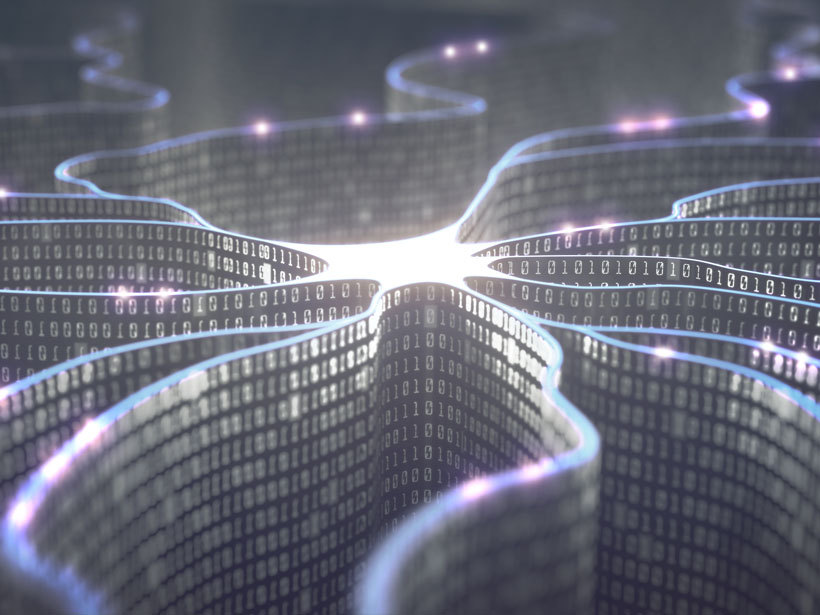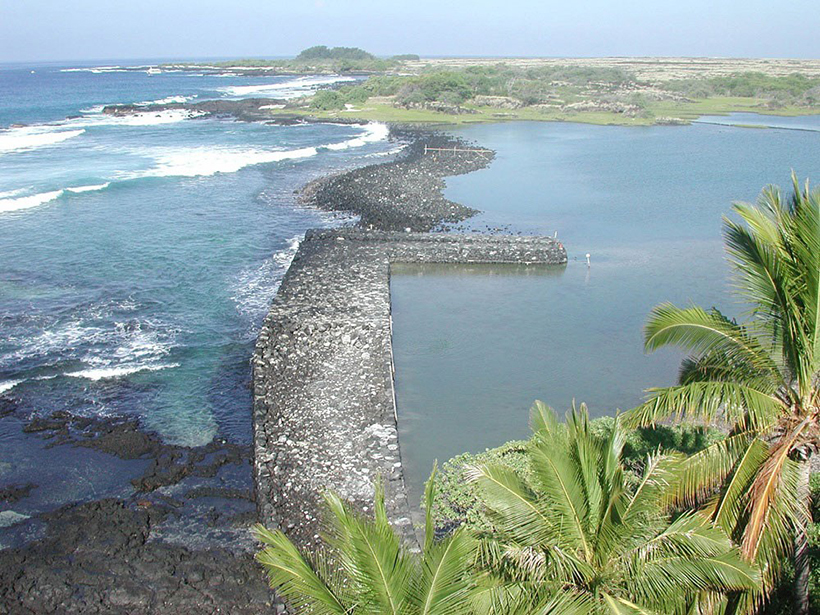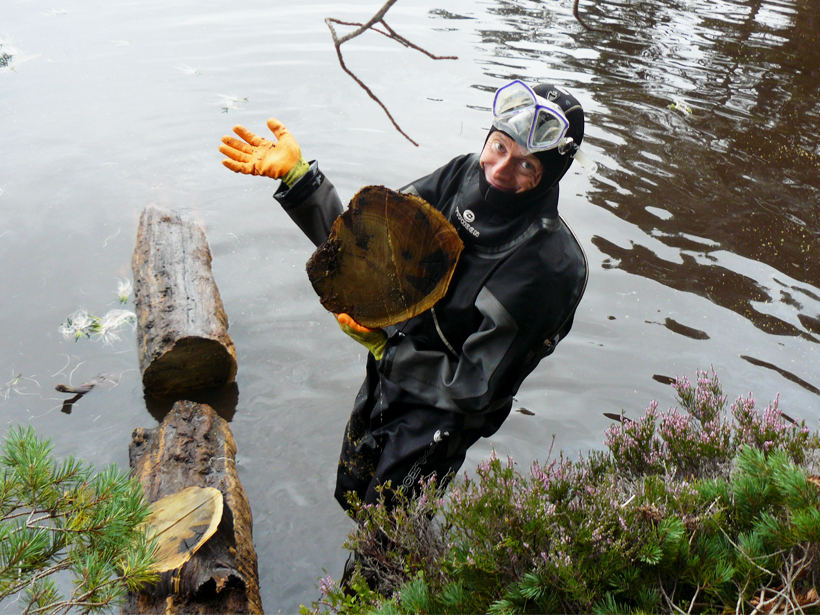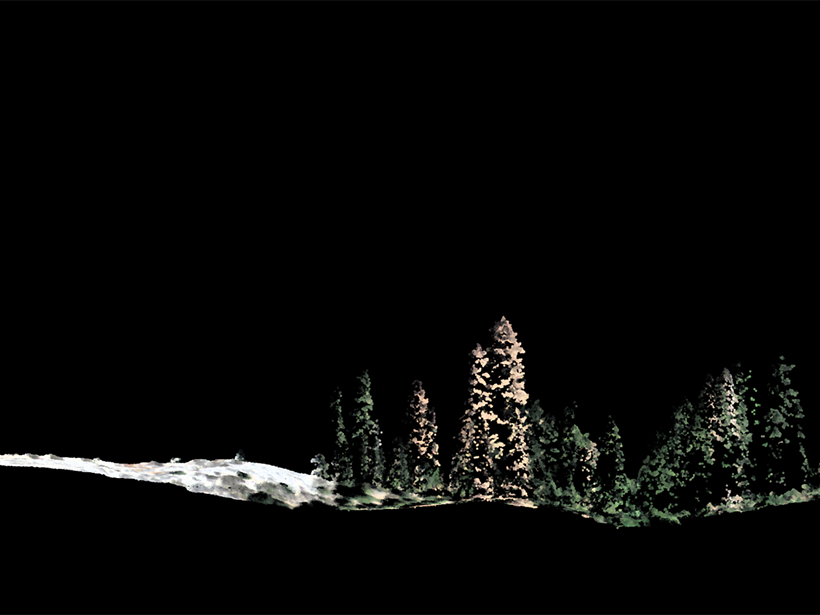New research in the field of neuromorphic computing uses tiny magnets and their magnetic fields to optimize computing algorithms.
Richard J. Sima
Richard Sima is a science writer based in Baltimore, Md. He covers the environmental and life sciences and has written for Eos, Scientific American, Discover, and elsewhere. He has a Ph.D. in neuroscience from Johns Hopkins University and an undergraduate degree in neurobiology from Harvard College.
Humans Colonized Polynesia Much Earlier Than Previously Thought
Evidence from mud, charcoal, and feces suggests humans arrived in East Polynesia during the driest period in 2 millennia.
Groundwater Is the “Hidden Connection” Between Land and Sea
The importance of fresh groundwater to coastal ecosystems is revealed using the first computer model at a global scale.
Mapping Lightning Strikes from Space
A new technique spatially tracks lightning in real time and has been adapted by the National Weather Service.
Combining AI and Analog Forecasting to Predict Extreme Weather
New deep learning technique brings an obsolete forecasting method “back to life” to predict extreme weather events.
How the Cold Climate Shaped Scotland’s Political Climate
Tree rings reveal how severe cold and political isolation brought disaster to Scotland, inspired a colonization effort in Panama, and helped drive union with England.
Heat Waves Born of Earth and Sky
Researchers use computer simulations to uncover the significant contributions that dry soil and atmospheric wind patterns make to major heat waves.
A Dirty Truth: Humans Began Accelerating Soil Erosion 4,000 Years Ago
Recent research combining analysis of carbon dating, sediment accumulation rates, and pollen records from 632 lake beds worldwide finds deforestation tied to increased soil erosion.
The Bigger They Are, the Harder They Fall
New research tracking 1.8 million trees found that tall trees died at more than twice the rate of smaller ones toward the end of extreme and persistent drought.









